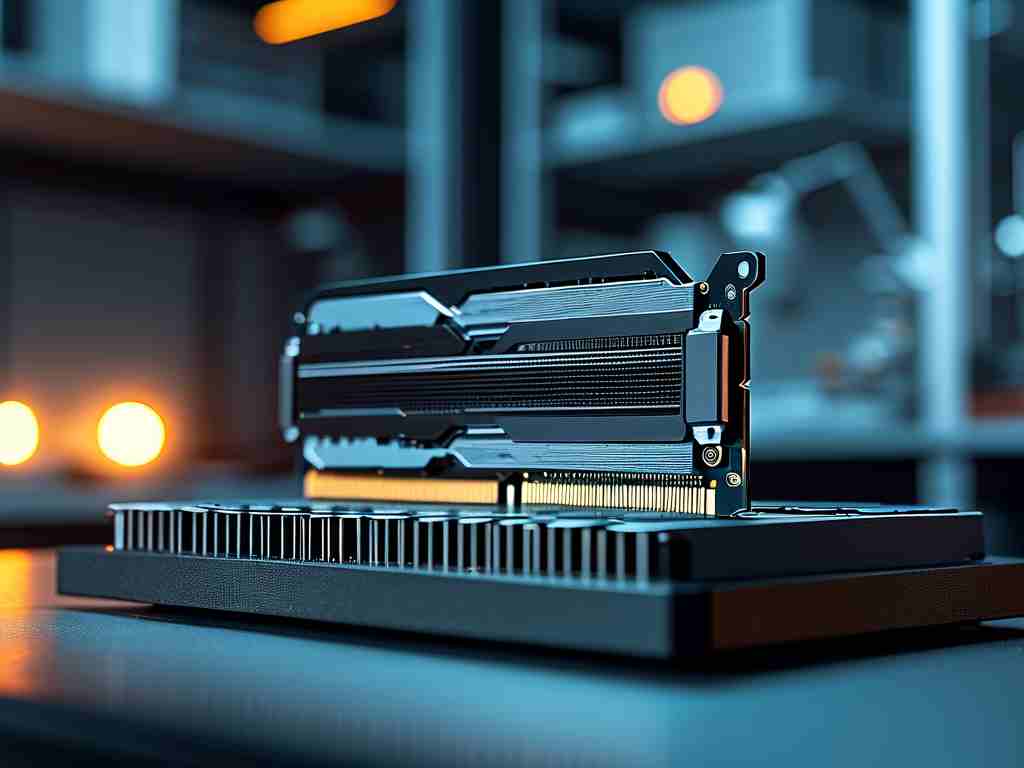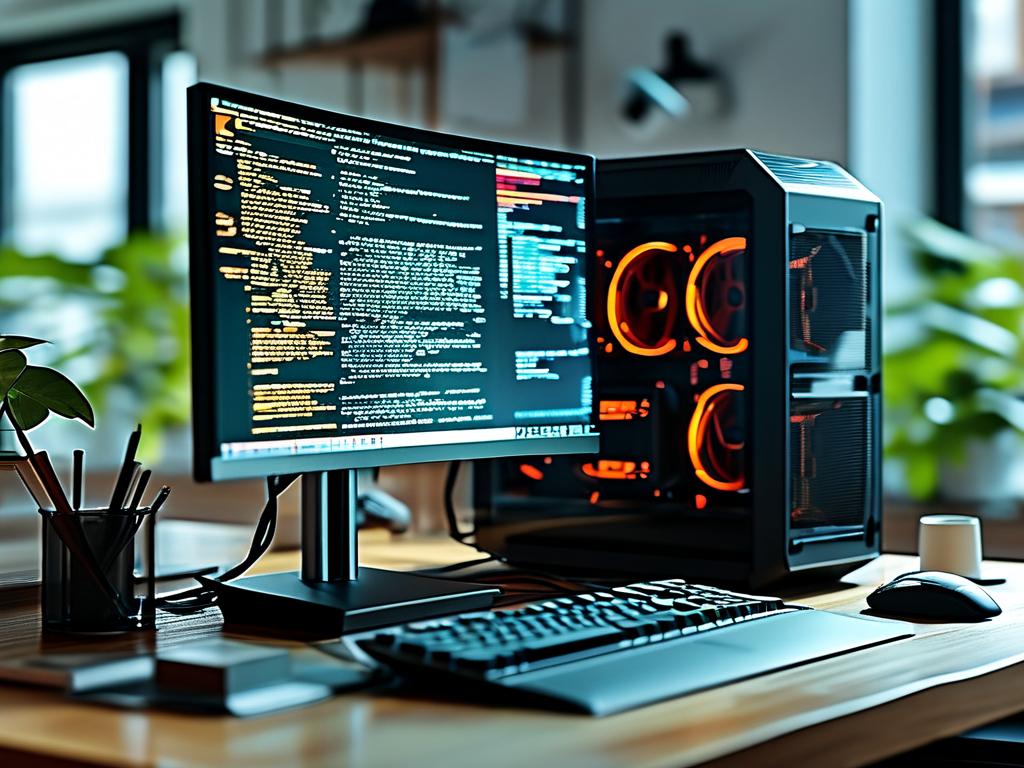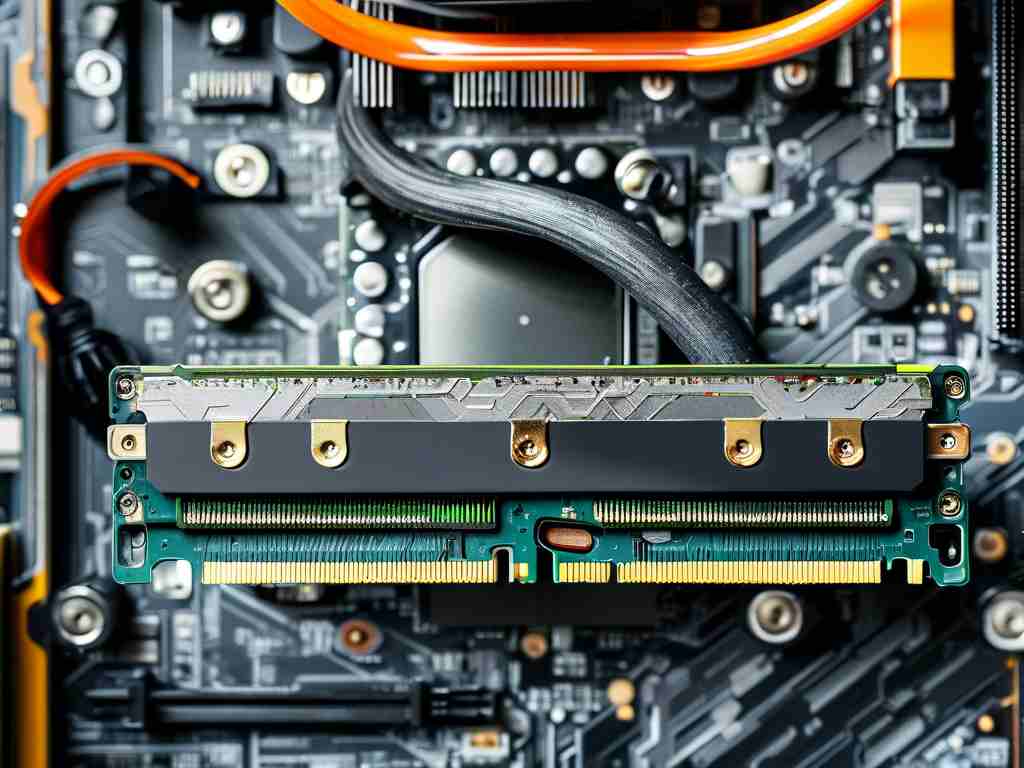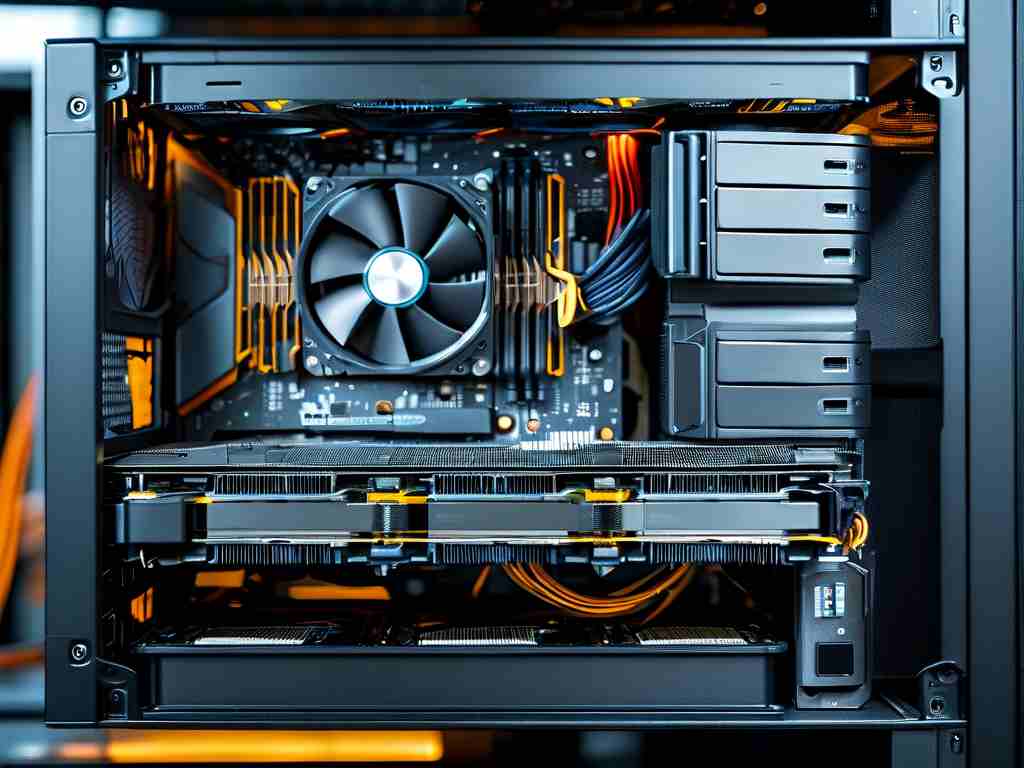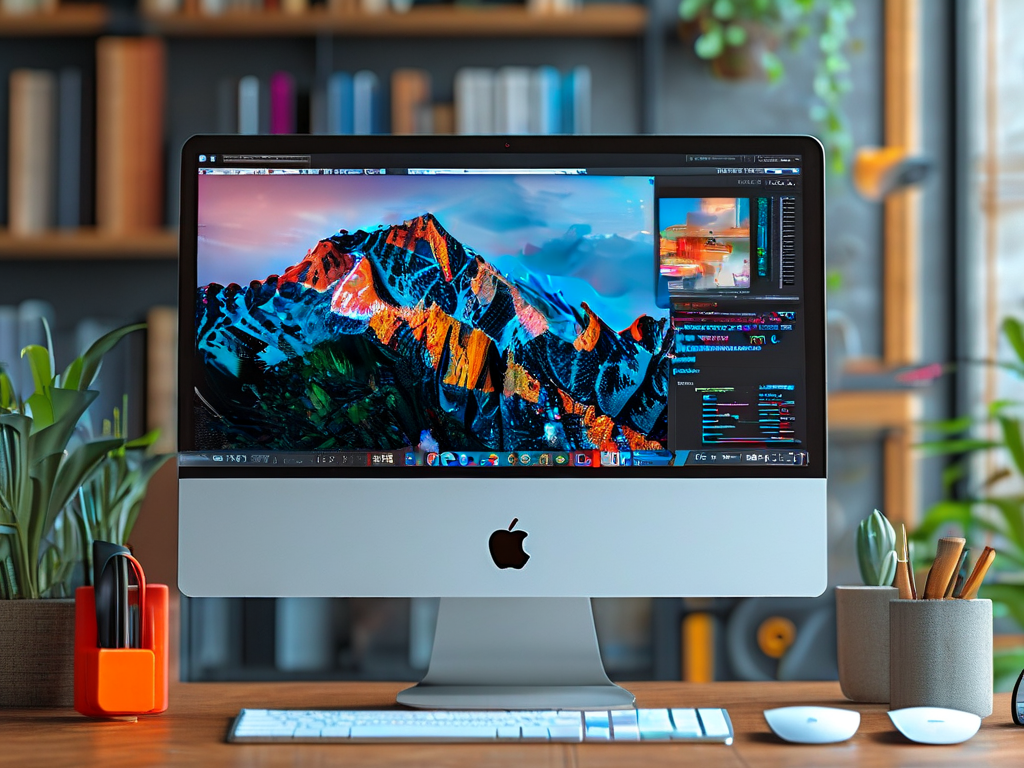In today's digital world, efficient computer management is crucial for maintaining peak performance, especially when dealing with resource-intensive tasks like gaming, video editing, or multitasking across applications. One common challenge users face is insufficient memory, which can lead to frustrating slowdowns, crashes, and reduced productivity. Expanding memory, whether through physical upgrades or software adjustments, offers a powerful solution to breathe new life into aging systems. This guide delves into practical methods for memory expansion within computer management, ensuring you can handle demanding workloads without breaking the bank. By the end, you'll understand how to assess your needs, execute safe upgrades, and optimize settings for seamless operation.
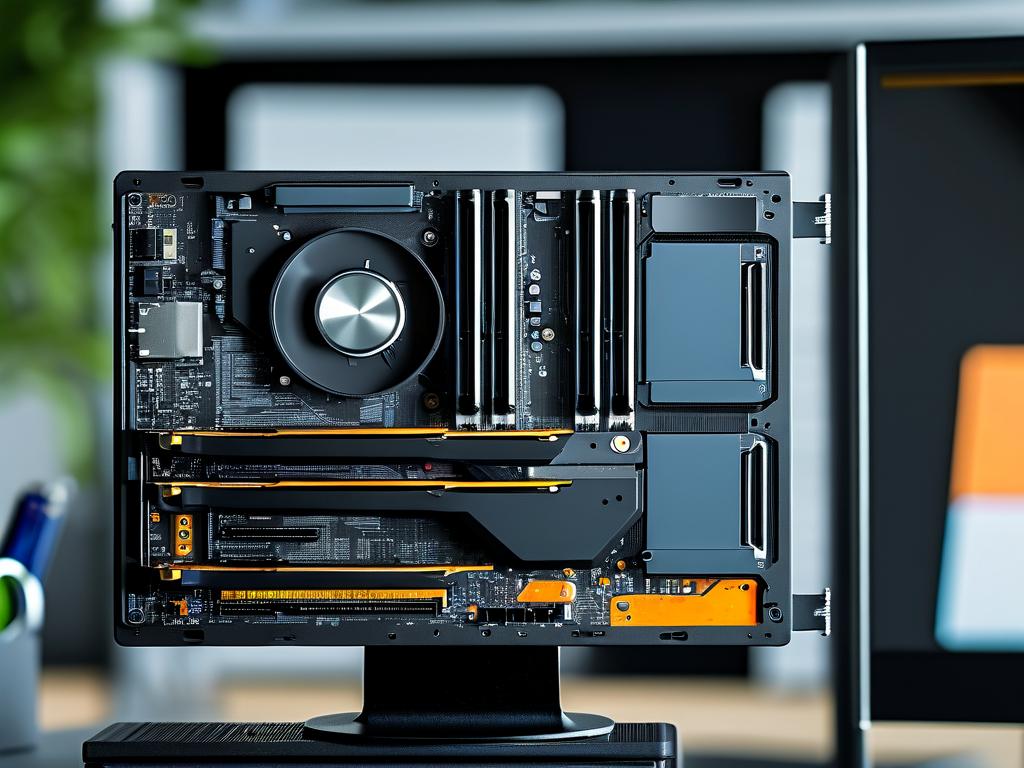
First, let's clarify what memory expansion entails in the context of computer management. Memory refers primarily to RAM (Random Access Memory), which serves as a temporary storage space for active processes. When RAM is maxed out, computers resort to virtual memory—a portion of the hard drive or SSD used as overflow—slowing everything down. Expanding this involves two main approaches: physically adding more RAM modules or tweaking virtual memory settings through the operating system. For instance, in Windows, the built-in Computer Management tool provides access to system properties where you can adjust virtual memory, while on Linux, command-line tools offer granular control. This dual strategy not only boosts speed but also enhances stability, making it essential for both casual users and IT professionals managing enterprise environments.
To start with physical memory expansion, upgrading RAM is often the most effective route. Begin by assessing your system's current specs using tools like Task Manager in Windows or System Monitor in Linux to identify how much RAM is installed and its utilization patterns. If usage consistently hits 80-90% during normal tasks, it's time for an upgrade. Next, ensure compatibility: check your motherboard's specifications for supported RAM types (e.g., DDR4 or DDR5), maximum capacity, and speed ratings. Purchase modules from reputable brands like Corsair or Kingston, matching the existing ones for optimal performance. Installation is straightforward—power down the computer, ground yourself to prevent static damage, open the case, and slot the RAM into empty DIMM slots, securing them with clips. After booting up, verify the upgrade in BIOS or system settings to confirm recognition. This process can double or triple your memory capacity for as little as $50, delivering immediate improvements in application responsiveness and multitasking.
For software-based memory management, expanding virtual memory is a no-cost alternative that doesn't require hardware changes. In Windows, navigate to Computer Management by right-clicking "This PC," selecting "Properties," then "Advanced system settings." Under the "Advanced" tab, click "Settings" in the Performance section, go to "Advanced" again, and choose "Change" under Virtual Memory. Uncheck "Automatically manage paging file size," select a drive (preferably an SSD for speed), and set a custom size. A good rule of thumb is to allocate 1.5 times your physical RAM as the initial size and up to 3 times as the maximum—e.g., for 8GB RAM, set 12GB min and 24GB max. Apply the changes and restart to activate. On Linux, use terminal commands to adjust swap space. For example, to create a new swap file, run:
sudo fallocate -l 4G /swapfile sudo chmod 600 /swapfile sudo mkswap /swapfile sudo swapon /swapfile
Then, edit /etc/fstab to make it persistent. This virtual expansion acts as a safety net, preventing crashes during peak usage by offloading data to disk. However, rely on it sparingly, as excessive swapping can wear out drives and cause latency.
The benefits of memory expansion are profound and multifaceted. By increasing RAM or optimizing virtual settings, you'll experience faster boot times, smoother application launches, and enhanced ability to run multiple programs simultaneously without lag. Gamers, for instance, see reduced stuttering in high-fidelity titles, while creatives enjoy quicker renders in software like Adobe Premiere. Moreover, in managed IT setups, this extends hardware lifespan, delaying costly replacements and reducing e-waste. Studies show that a well-tuned memory system can improve overall efficiency by up to 40%, translating to hours saved in daily workflows. But proceed with caution—common pitfalls include overlooking compatibility, which can cause boot failures, or setting virtual memory too high, leading to disk fragmentation. Always back up critical data before any changes and monitor system health with tools like HWMonitor to avoid overheating or instability.
In , mastering memory expansion through computer management empowers users to unlock hidden potential in their devices. Whether you're a home enthusiast or a corporate admin, the steps outlined here—from RAM upgrades to virtual tweaks—provide a cost-effective path to revitalized performance. Remember to start small, test incrementally, and consult manufacturer guides for specific models. With regular maintenance, such as clearing cache and updating drivers, your system will run like new for years. Embrace this knowledge to stay ahead in an ever-evolving tech landscape, where efficient memory handling is key to digital success.


